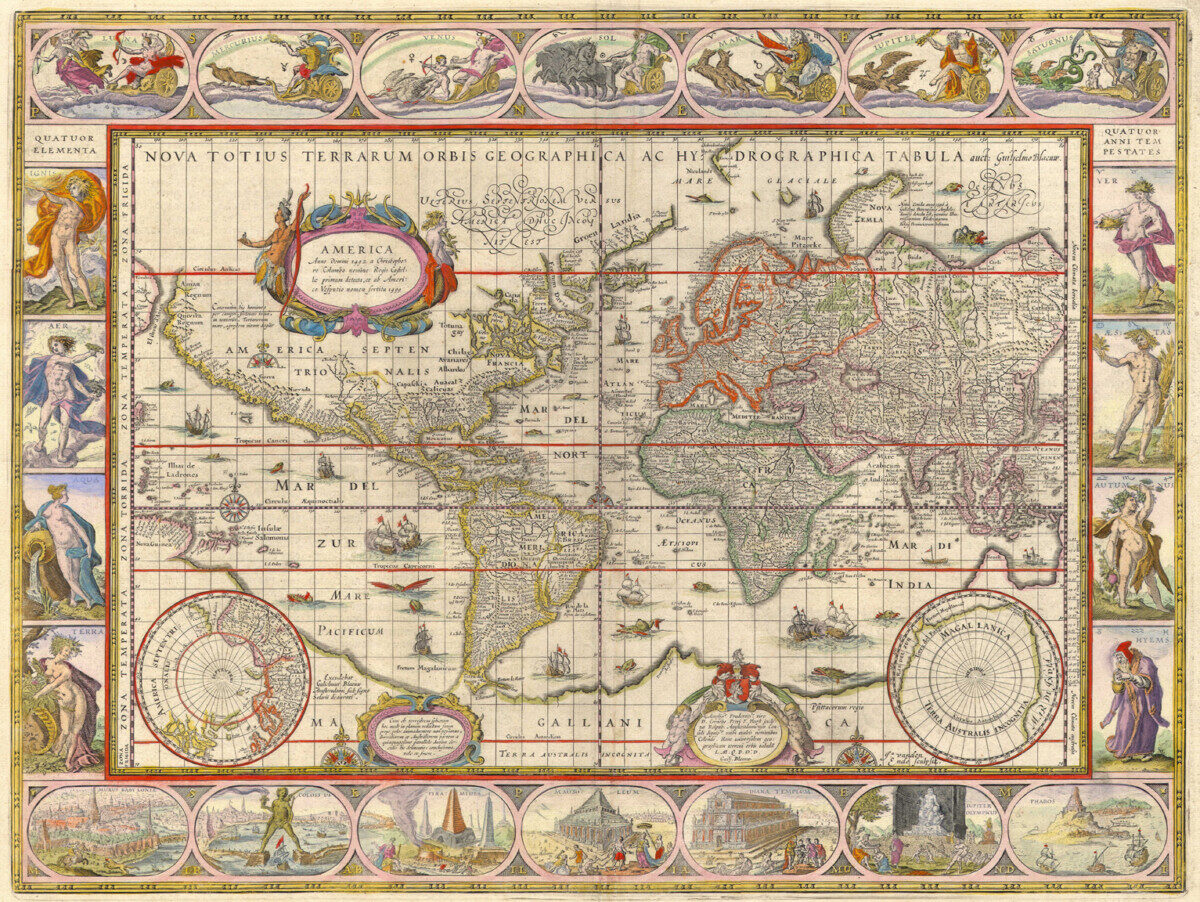I thought our readings and conversations this week surrounding the Academy of the Lynxes, the Paper Museum, and just general interest in antiquarianism dating back to the 1600s was incredibly fascinating. Cassiano dal Pozzo’s Paper Museum was particularly interesting to me because of the wide range of subjects it covered, from the malformed citrus fruits to more basic sketches of ancient Roman cutlery. Dal Pozzo and other scholars of antiquarianism worked out (so early!) that many artifacts and pieces of art were incredibly ephemeral and could be destroyed in moments, and so patronized various artists to sketch and paint copies of pieces to keep in their own private collections–perhaps for their own selfish reasons, but ultimately to the benefit of the greater public. Camillo Massimo’s work patronizing copies of frescoes and ceilings also impressed me, especially when put side-by-side with what these artifacts look like now, almost unrecognizable with how damaged they are in our time.
For the second part of the discussion question, I think the teamwork of Giovanni Pietro Bellori and Pietro Santi Bartoli is most relevant. Bartoli, the artist, sketched and painted ephemeral examples of antiquity, such as Trajan’s Column, and Bellori, the scholar, would annotate these drawings. Twenty-first-century scholars may benefit from interdisciplinary projects by copying this type of method. A partnership across disciplines of art and education, creating a fuller experience of what it is like to experience and learn about art simultaneously.
